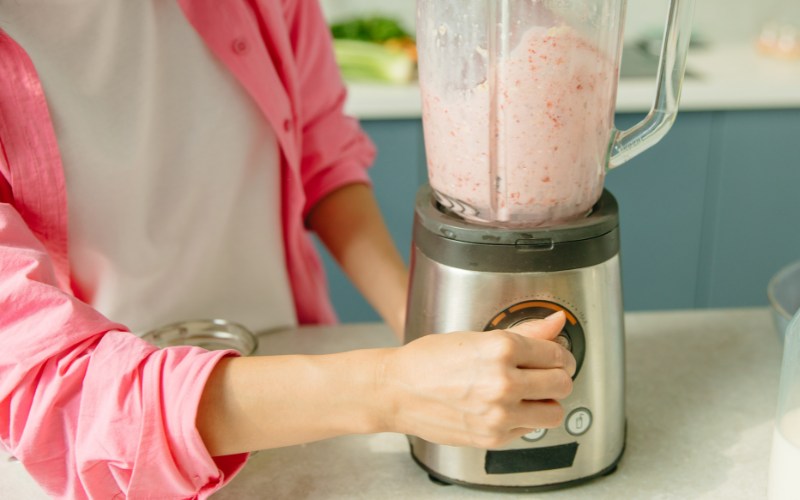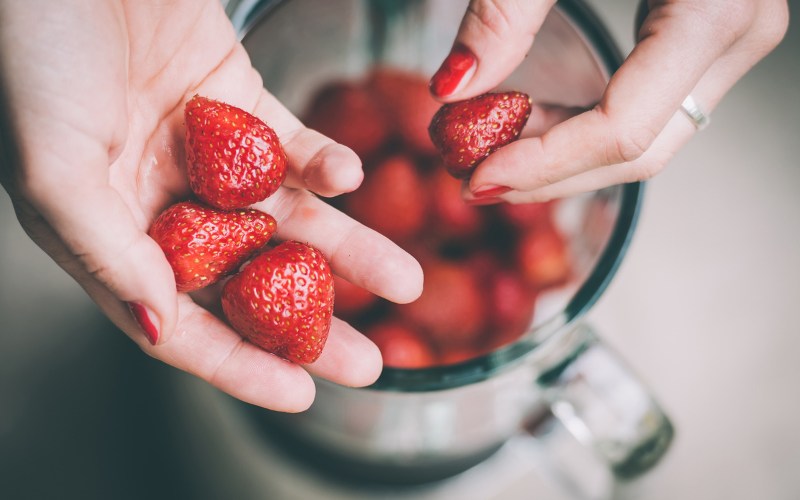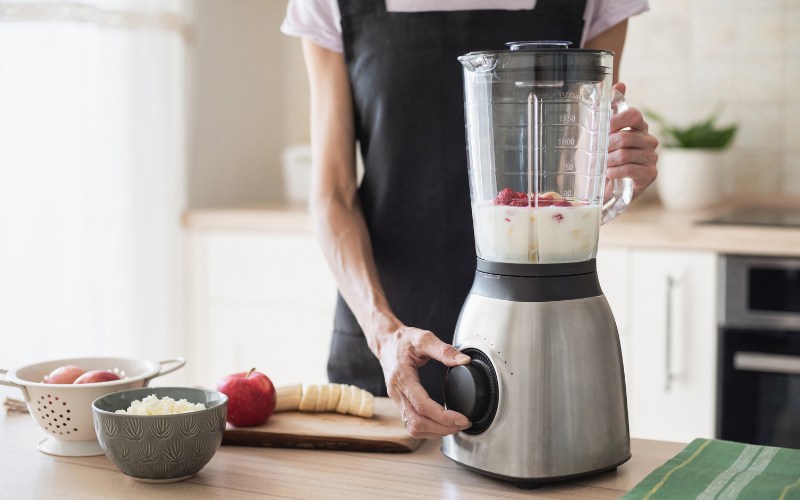Blender is an essential tool found in every kitchen, providing convenience in food processing. However, one common issue with blenders is water leakage, which can make food preparation and cleaning difficult. In this article, we will explore the causes and solutions for this problem.
1 Causes of blender leakage
The two main causes of blender leakage are a dirty blade shaft and a loose sealing ring.
Additionally, there are other potential causes, such as a cracked blender jar, deformed sealing ring between machine parts due to prolonged non-use leading to poor elasticity, and worn-out blade shaft and rubber seal of the blade bearing.

Causes of blender leakage
2 Solutions to blender leakage
- Take the blender to the warranty center for regular inspection and maintenance to quickly detect and repair any issues.
- Buy a new sealing ring if the old one is damaged and consider using a smaller sealing ring to ensure a tighter seal.
- Replace the entire blade set or the seal of the blade set and jar.
- Clean the blender thoroughly after use.

Solutions to blender leakage
3 Tips to minimize blender leakage
- Check if the sealing ring is properly aligned before installing and tightening the blade set to the blender jar to avoid uneven pressure and create gaps for water to leak through.
- Instead of running the blender for too long, turn it on and off multiple times to prevent excessive heat generation and wear of rubber seals.
- Avoid soaking the blade set in water for too long to minimize rust inside and not remove the necessary lubrication.

Tips to minimize blender leakage
- Regularly check the rubber seals and the cleanliness of the blade shaft to promptly identify any issues that need to be fixed.
- Use suitable food types for each type of blender to avoid overloading the blade and shaft.
- After using the blender, clean and dry it as soon as possible.

Use suitable food types for each type of blender
We have provided answers to your questions regarding why blenders leak water and how to solve this problem. Follow us for more useful kitchen tips and tricks!






























